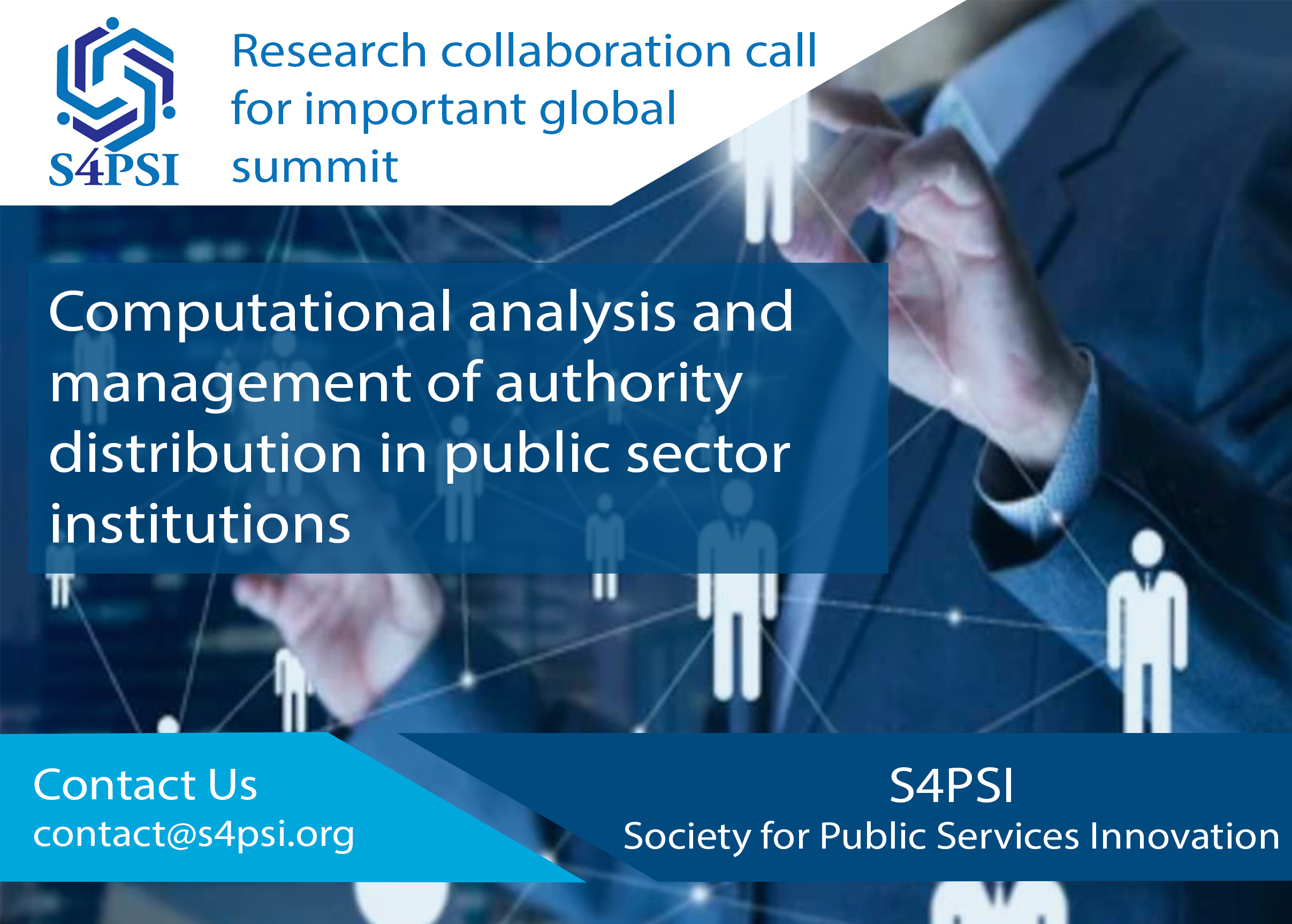
Computational Analysis and Management of
Power Distribution in Public Sector Institutions
The research project on “Computational Analysis and Management of Power Distribution in Public Sector Institutions” focuses on leveraging computational methods and technologies to analyze, optimize, and manage power distribution systems within public sector institutions. The project aims to address challenges related to energy efficiency, reliability, and sustainability in public buildings and facilities by applying advanced analytics, optimization algorithms, and smart management strategies.
Background and Rationale
- Public sector institutions, including government offices, schools, hospitals, and municipal buildings, consume significant amounts of energy for heating, cooling, lighting, and other operational needs.

- However, inefficient energy management practices, outdated infrastructure, and lack of real-time monitoring often lead to waste, high operational costs, and environmental impact.
- The research project seeks to address these challenges by harnessing computational analysis and management techniques to optimize power distribution, reduce energy consumption, and improve overall efficiency in public sector buildings.
Objectives
- Develop computational models for power distribution analysis
The research project aims to develop computational models and simulation tools to analyze the performance of power distribution systems within public sector institutions. These models will consider factors such as building layout, energy demand profiles, equipment efficiency, and environmental conditions.
- Optimize energy consumption and system performance
Using optimization algorithms and predictive analytics, the research project seeks to identify opportunities for reducing energy waste, optimizing equipment operation, and improving system reliability and resilience.
- Implement smart management strategies
The research project explores the use of smart sensors, IoT devices, and energy management systems to monitor energy usage in real-time, detect anomalies, and automatically adjust settings for optimal performance.
- Promote sustainability and environmental stewardship
By reducing energy consumption and greenhouse gas emissions, the research project contributes to the sustainability goals of public sector institutions and helps mitigate climate change impacts.
Key Components of the Research Project
- Computational Modeling and Simulation
The research project involves developing computational models and simulation tools to represent the power distribution infrastructure of public sector institutions. These models incorporate data on building layout, energy demand, equipment specifications, and environmental factors to accurately simulate system behavior and performance.
- Optimization Algorithms
The research project utilizes optimization algorithms, such as linear programming, genetic algorithms, and machine learning techniques, to identify optimal energy management strategies and control policies. These algorithms consider multiple objectives, constraints, and uncertainties to find solutions that minimize energy costs, maximize system reliability, and meet performance targets.
- Smart Sensors and IoT Devices:
The research project integrates smart sensors, IoT devices, and wireless communication technologies to collect real-time data on energy usage, equipment performance, and environmental conditions. These devices enable remote monitoring, predictive maintenance, and adaptive control of power distribution systems, allowing operators to make data-driven decisions and respond quickly to changing conditions.
- Energy Management Systems
The research project explores the use of energy management systems (EMS) to centralize control and optimization of power distribution within public sector institutions. These systems provide a platform for integrating data from various sources, analyzing performance metrics, and implementing automated control strategies to optimize energy usage and improve system efficiency.
Research Methodology
- The research project employs a multidisciplinary approach, drawing on expertise from fields such as electrical engineering, computer science, data analytics, and environmental science.
- The methodology involves data collection, model development, algorithm design, simulation testing, and validation against real-world data from public sector institutions.
- Data sources include building energy audits, utility bills, sensor measurements, weather data, and historical performance records. Machine learning techniques may be used to analyze large datasets and extract patterns, trends, and anomalies.
- The research process is iterative, with continuous refinement of models, algorithms, and management strategies based on feedback from stakeholders and evaluation of system performance.
Expected Outcomes and Impact
- The research project is expected to produce computational tools, optimization algorithms, and management strategies that enable public sector institutions to analyze, optimize, and manage power distribution more effectively.
- The implementation of these tools and strategies has the potential to result in significant energy savings, cost reductions, and environmental benefits for public sector institutions.
- By promoting energy efficiency and sustainability, the research project contributes to the overall resilience and performance of public sector infrastructure, enhancing the quality of services provided to citizens and reducing the carbon footprint of government operations.
- The research findings and best practices generated by the project can be shared with other institutions and industries to promote wider adoption of computational analysis and management techniques for power distribution optimization.
In summary, the research project on Computational Analysis and Management of Power Distribution in Public Sector Institutions represents a significant effort to apply computational methods and technologies to address energy efficiency challenges and promote sustainability in government operations. Through its interdisciplinary approach, innovative solutions, and practical applications, the project has the potential to transform the way public sector institutions manage power distribution systems and contribute to global efforts to combat climate change.
